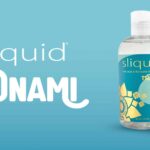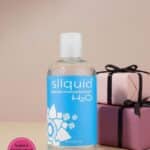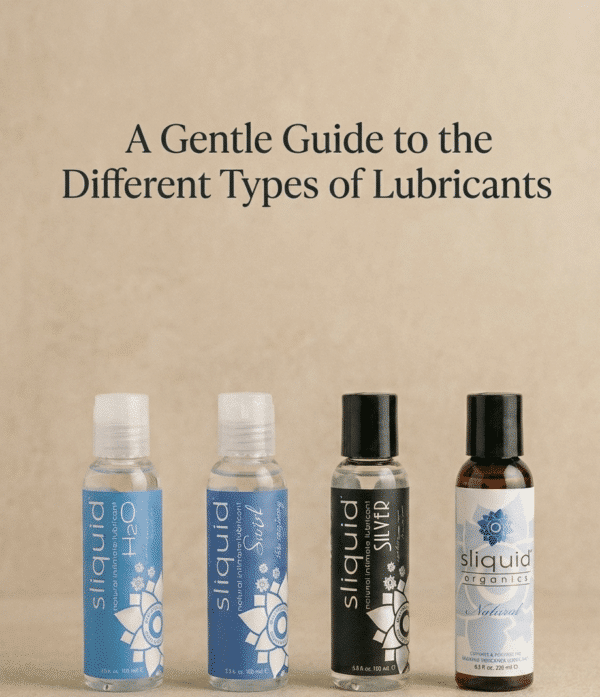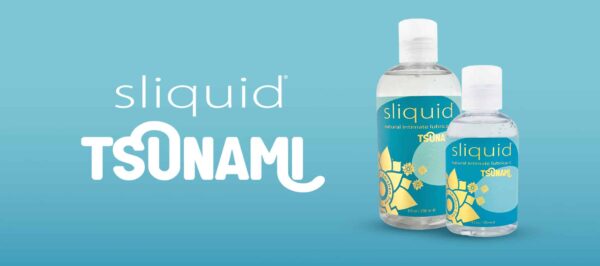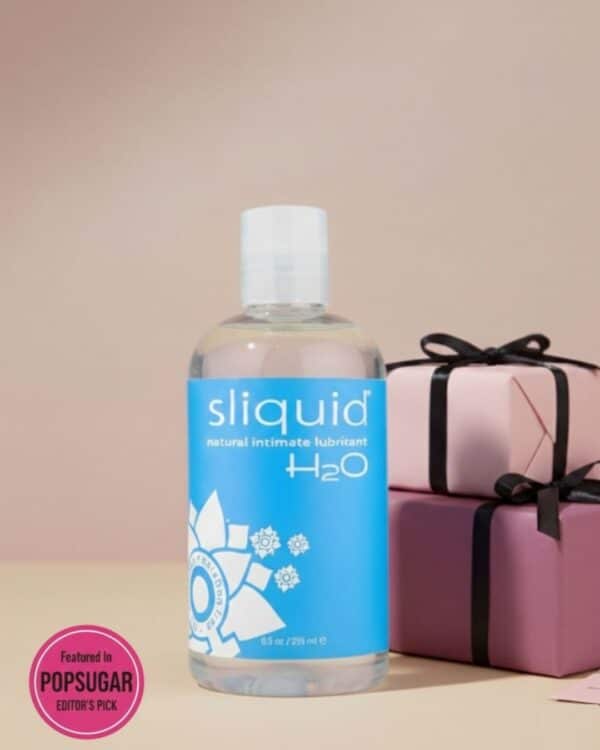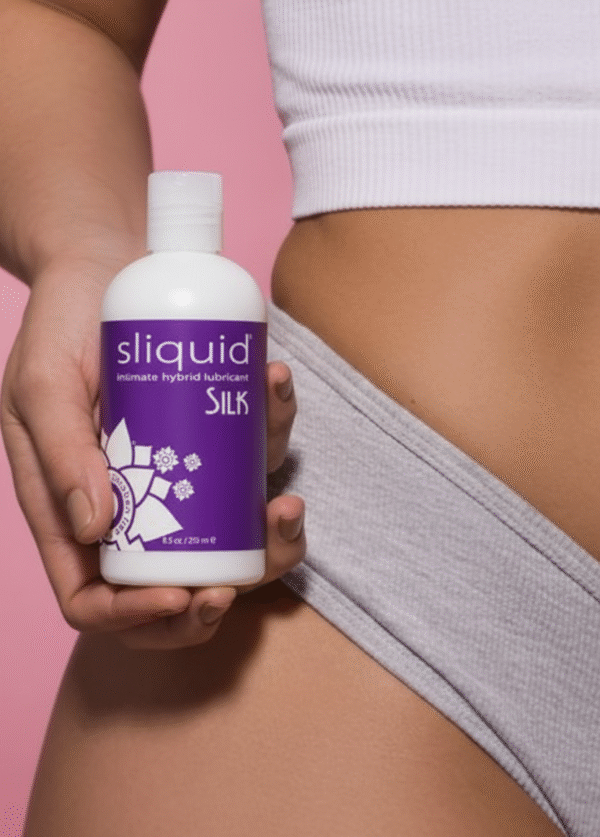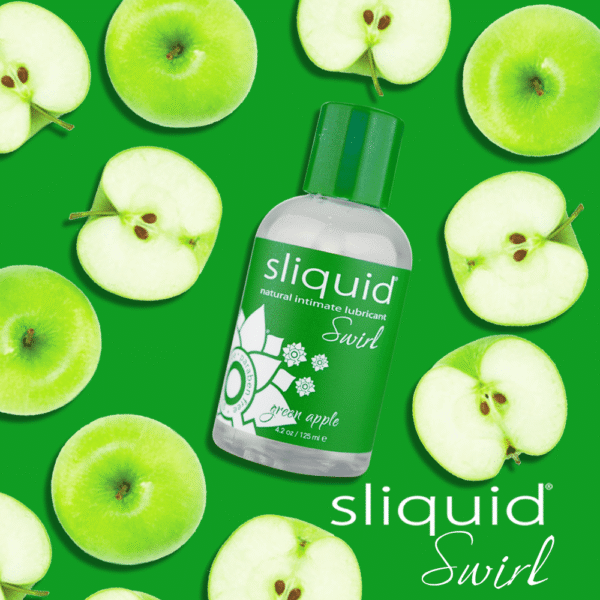Naturally Healthy Skin – Personal Lubricant Dangers & STI’s – Part 1
A whole raft of studies are calling into question the safety of personal lubricants in regards to skin cell damage and sexually transmitted infections, with some of the more well known lubricants performing particularly badly in safety experiments. The personal lubricant market is estimated at around $219 million in the US alone, but evidence is mounting that these sex aids actually promote disease transmission.
Wide Range of Lubricants, Which are Best?
Many lubricants used during sex have osmolalities higher than those of the human body, which may be a cause of increased risks of infection. These lubricants are used to reduce friction and increase pleasure during intercourse and other sexual activity. Many have added ingredients designed to heat, promote circulation, or even sometime to numb in order to hamper arousal and delay climax. When asked to name personal lubricants most people think only of KY Jelly, despite the huge number of available products, some of which are even organic, vegan, and locally-sourced or otherwise ethically and environmentally conscious.
Vagina and Rectum Damaged by Some Lubricants
Research suggests that some lubricants can damage cells that line the vagina and rectum, potentially opening up the body to increased risk of STIs, as well as compromising the health of sexual partners. One study reported higher rates of STIs such as chlamydia in those who consistently used personal lubricants for rectal intercourse, where such lubrication is highly recommended in order to reduce tissue trauma and risks of anal fissures. Those who used such lubricants less consistently had lower rates of infections.
Read the rest of the article and view references at:
https://www.naturallyhealthyskin.org/blog/skin-damage-personal-lubricant-dangers-and-stis-part-one/



